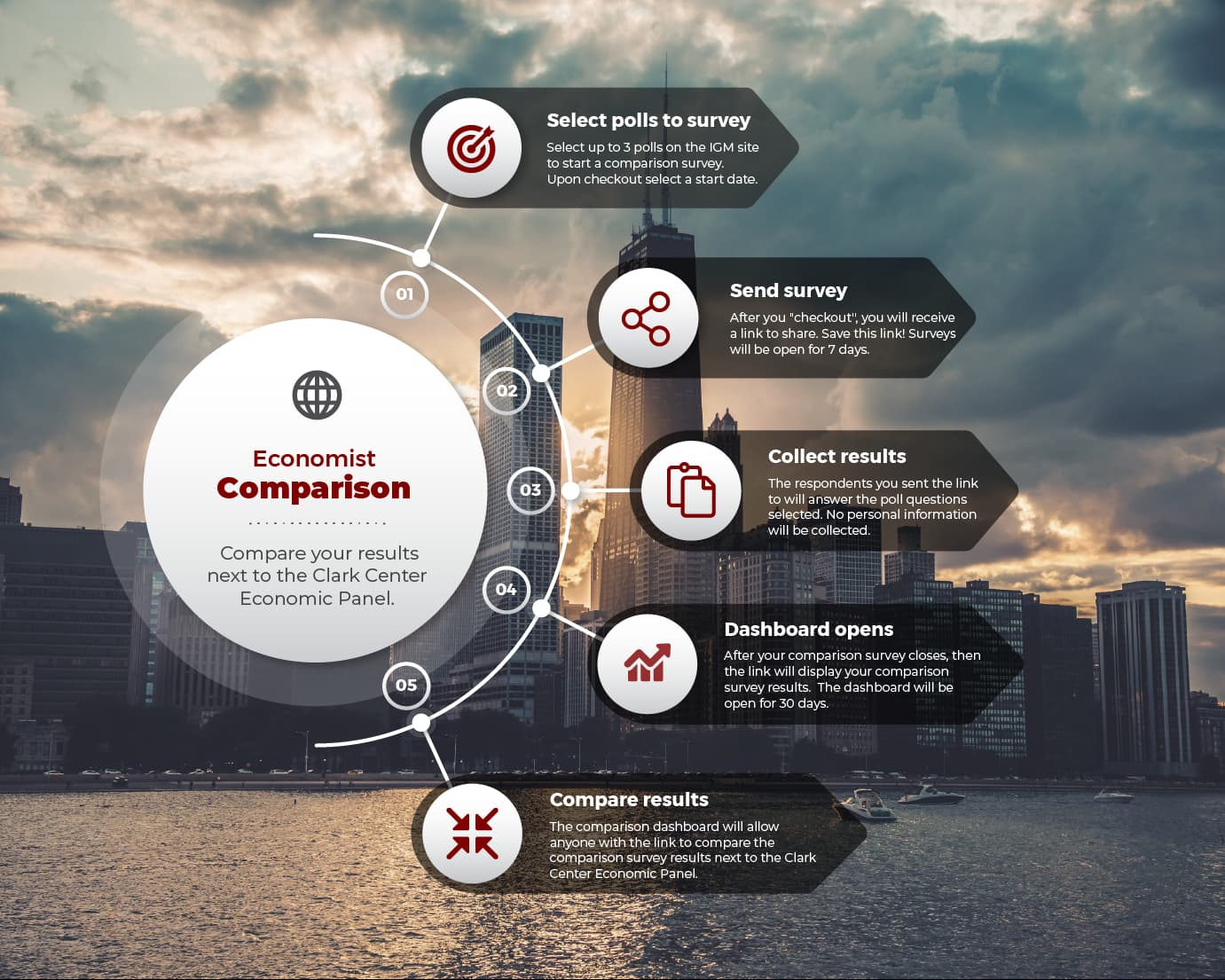It is highly unlikely that when the Founding Fathers gathered to design the new US constitution they were thinking about the needs of future economists. Regardless of this, the institutional structure they adopted for the new United States has proved to be a boon for empirically focused social scientists. The quirk of US Federalism which allows for subtle variations in legal codes and, sometimes, elements of economic policy in the various states has proved very useful for economists looking for real world studies of differing policies. In more centralized legal systems such naturally occurring experiments rarely crop up, but in the United States they are relatively common.
Perhaps the clearest example can be found in minimum wages. As states, and in some cases cities, have pressed ahead with their own minimum wage increases – often well in excess of the Federal rate – over the last few decades the US has come to reassemble a patchwork quilt when it comes to legal wage floors. This might provoke something of a headache for employers with branches across the whole country, but it has been a very useful seam for empirical researchers since the 1990s. In 1992, New Jersey raised its own minimum wage from $4.25 to $5.05 an hour whilst neighboring Pennsylvania held its own rate constant at $4.25. This allowed David Card and Alan Krueger to carry out their landmark study of the impact of fast-food employment in the two states which helped usher in a new wave of research on minimum wages in the 1990s and 2000s.
Much as happened with varying minimum wages in the 1990s, the differing approaches of state governments to marijuana in recent years have provided fertile ground for those seeking to study the health – and economic effects – of differing policy approaches.
Oregon decriminalized cannabis in 1973, California allowed medical usage from 1996, and, in 2012, Colorado and Washington became the first states to allow recreational usage. As of 2024, 38 states now allow cannabis to be used for medical purposes and 24 of those allow recreational usage as well. Change at the Federal level has been slower with cannabis still a Schedule I controlled substance under the Controlled Substance Act. In May this year, the Department of Justice began moves to reschedule the drug to Schedule III.
The Clark Center’s US Experts Panel weighed in at the time giving their own views. The results of that poll were decisive. Asked whether rescheduling cannabis to being a Schedule III drug would measurably increase social welfare, 24% of respondents – weighted by confidence – strongly agreed, whilst a further 41% agreed. 28% were uncertain and just 6% disagreed.
The European panel were asked a similar question earlier this year with very similar results. In this case, the panel was asked whether “a legalized and carefully regulated market for cannabis would lead to measurably higher social welfare than a system of prohibition” – a somewhat higher bar than the US question around reclassification. Weighted by confidence 29% of respondents strongly agreed and 59% agreed. The remaining 12% were uncertain. No respondent disagreed.
It is hard to conclude anything other than that the weight of economic expert opinion strongly comes down on the side of legalization.
That is not a surprise to anyone who has been following the steady stream of working papers using the state level data from the US to track the impact of decriminalization and legalization over the last decade.
Back in 2021, one paper looked at the impact of legislation on work capacity by comparing rates of worker compensation in states with a differing legal framework for cannabis. The authors found that recreational usage of marijuana was associated with declines in non-traumatic workplace injury rates and the incidence of work-limiting disabilities.
Another pape, published that same year, asked whether legalized cannabis – as is so often feared – might prove to be a gateway to harder substances. The researchers found that there was little evidence that recreational cannabis usage led to either the use of harder drugs or increased violent crime and indeed some evidence that was associated with a lower use rate of opioids.
In that same year, another paper looked at the wider public health effects of legalized cannabis in the states that allow it. Whilst the results in some areas were inconclusive, it did find that legalization was not associated with increasing usage of cannabis amongst teenagers and was associated with a fall in alcohol abuse.
More recently an interesting paper examined the effects of legalized cannabis use on employment and earnings. It found no significant adverse effects on either and instead an increase in agricultural employment in states where growing the plant was feasible.
Finally, a paper published in May this year looked at the impact of legalized marijuana on mental health. As the authors concluded, “Our findings rule out that medical cannabis availability had negative effects on mental health for the adult population overall. We also find that medical cannabis availability reduced past-month self-reported poor mental health days by nearly 10%—3.37 percentage points—among adults 65 and above”.
Given the results of a decade of empirical research by economists, the views of the Expert Panels should come as no surprise. Economists, at least, are more than capable of rationally weighing the evidence.

